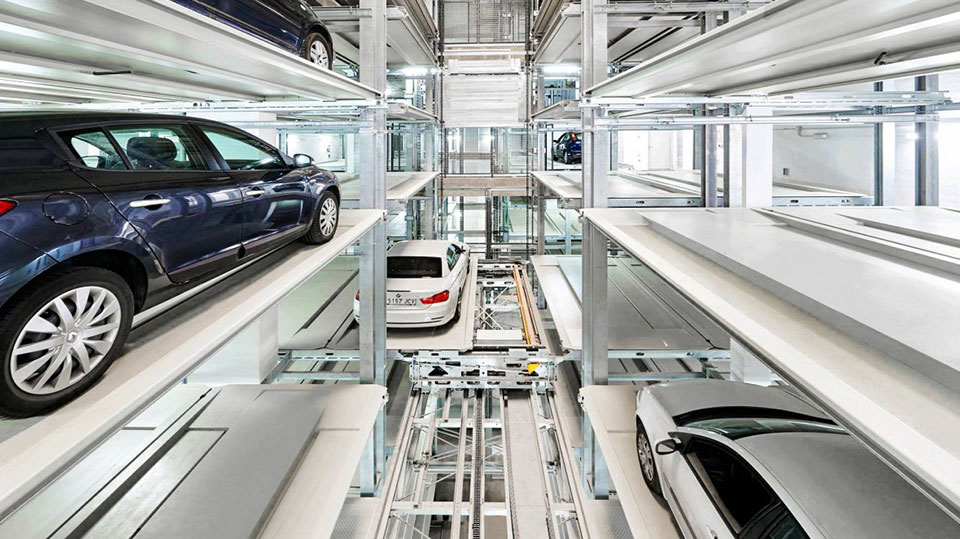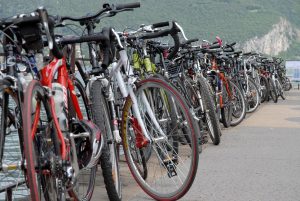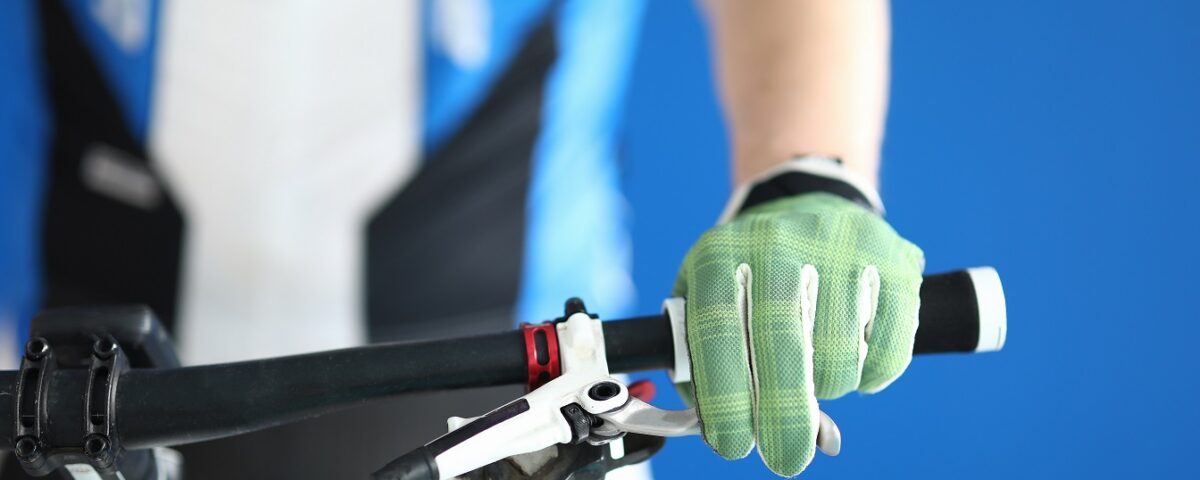
Touchless Technology
April 10, 2020
What is the cost of Automated Parking?
February 8, 2023Current times have made cities, businesses, and people rethink the way we live. Social Distancing rules are being applied, remote workers grew in size and urban planning is being seen in an all-new way.
At the beginning of quarantine, when stay at home orders was being applied, many sought ways of entertainment inside, and others to go outdoors while applying social distancing: enter the bicycle era.
An article by the Washington Post states: “Bicycle sales nationwide surged by 50 percent in March, according to the NPD Group, a market research company. It reported a 121 percent increase in adult leisure-bike sales and a 59 percent uptick in children’s bike sales compared with the same time last year.”

Along with bicycle sales, cities and urban planners are now seeing the greater need to have better public transportation and walkable cities. The need for essential workers to mobilize and not having a means of transport post a great concern.
But the changes in urban planning, walkable cities, and increase in bicycle sales, is there another thing to keep in mind? Let’s talk about proper storage for the thousands of bicycles that might be parked along the walkways, or the space for all future buses that might be considered as a way to improve public transport. Let’s talk about parking.
Todd Litman, writer for Planetizen and executive director of the Victoria Transport Policy Institute, wrote about the increase of our mobility over the past 120 years. In his article, he states: “Most zoning codes mandate that property owners provide parking, typically 1-2 spaces per housing unit and 2-8 spaces per 1,000 square feet of commercial space.”
The reality is that the increase in bicycle sales will not eliminate parking requirements. Cities still require a certain number of spaces and islands of parking spots will still be seen. The positive side of the need for parking is that we now know that there is another way. A way that can help communities now and in the future: Automated Parking.
There is no news that automated parking provides a simple and compact solution to the growing demand for spaces. Automated parking can resolve the parking space problem without taking too much space. The plethora of solutions for vehicles, public busses, and even bicycles should be a solution to be looked into further by cities, parking owners, and urban planners.
In Japan and other parts of the world, there is a sense of normalcy when using and considering this technology. In our own backyard, New York commonly uses the most simple form of automated parking, while Hanover, NH brings the town forward with the installation of its first puzzle-pit automated parking system.
Truthfully, in order to start considering future walkable cities, we need to reduce the space for parking. But there is another benefit to this: the elimination of contact. Automated parking allows for the use of contactless technology. The simple push of a button, the swipe of a card, or opening an app from your own phone can allow you to park and retrieve your vehicle. The dangers of walking an empty parking lot are gone and the current risk with COVID-19 allows you to minimize the use of walking a parking lot and running the risk of contact.
The rise in bicycle sales and the current pandemic is allowing us to discuss the future of our cities and how they could be designed for a safer and closer future.




